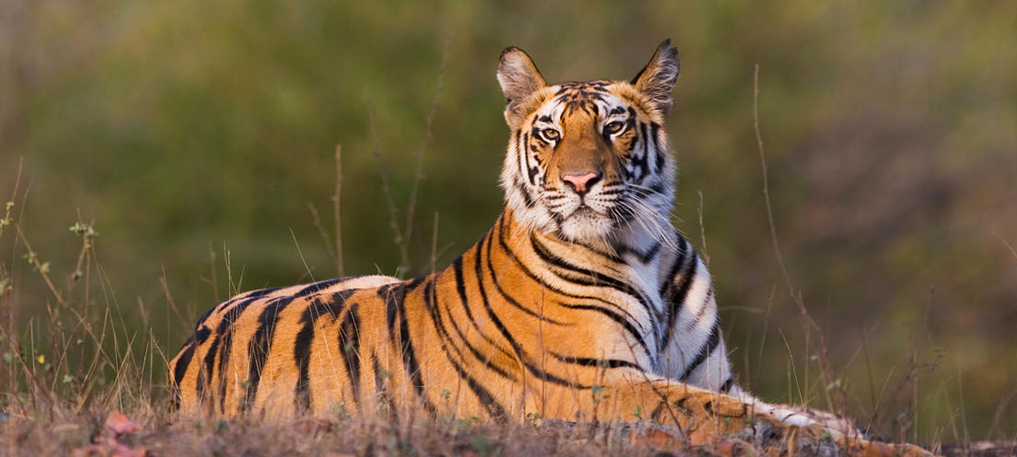- Wednesday, 26 March 2025
Habitat problem arises as tiger number rises
Chitwan, March 24 : As the tiger population increases in Nepal, its habitat area has to be expanded.
Although the park areas, buffer
zones and other forest areas are the habitat of tigers, the problem of
shrinking tiger habitat is seen in recent years as the number of tigers has
increased.
Speaking at an interaction
programme organised by Chitwan National Park here today, Haribhadra Acharya,
senior ecologist at the Department of National Parks and Wildlife Conservation,
stressed the need to increase the habitat for tigers.
He said that the number of tigers
has been increasing over the last five years indicating to a need to increase
the habitat. "There is a need to protect the tigers by keeping them in
open zoos," he said, adding that the open zoos could be linked to income
generation.
The number of tigers in Nepal has
increased from 121 in 2009 to 355 in 2022. The number of tigers was 198 in 2013
and 253 in 2018.
Acharya said that due to the
increase in the number of tigers, the habitat area has decreased by 93 per
cent.
In recent years, the number of
tigers has been increasing in Nepal due to the focus on conservation.
Acharya said that forest area in
the country can accommodate around 500 tigers. "It seems that 404 tigers
can be kept in the core area of the parks,” he added.
According to him, deer species is
the main prey of the tiger and there is also a need to protect deer. Similarly,
tigers also hunt monkeys and domestic animals for food.
He said that there were about
100,000 tigers in the world 100 years ago, but now the number has come down to
5,000. (RSS)













copy-original-thumb.jpg)


